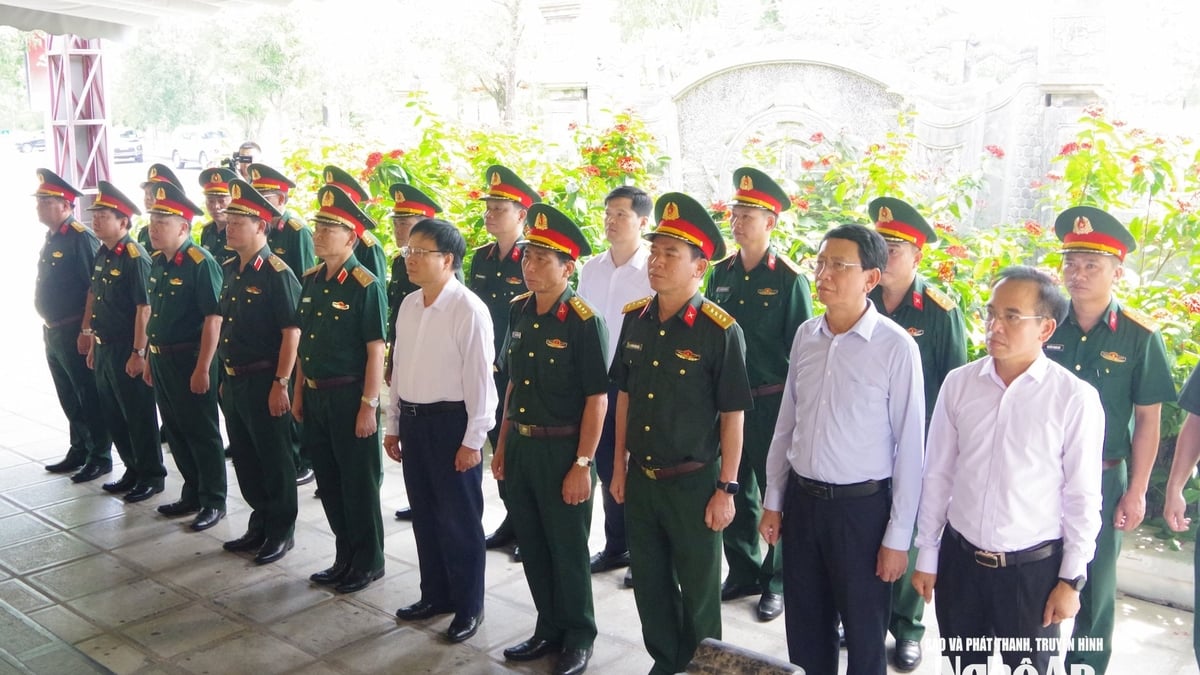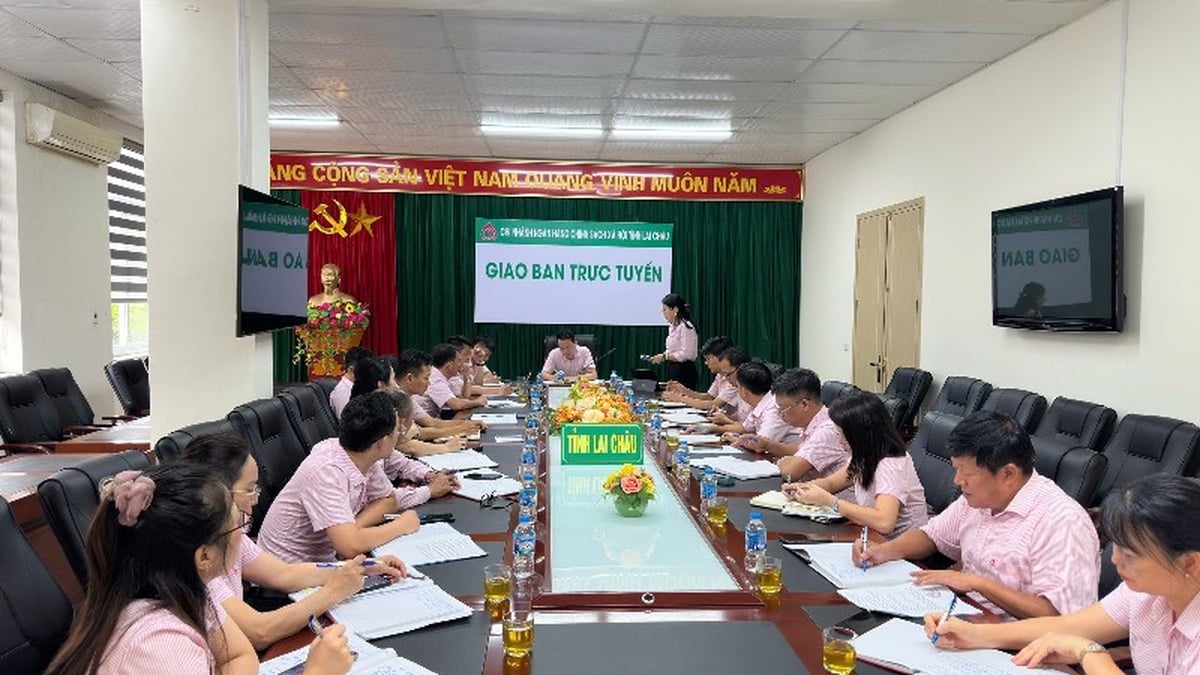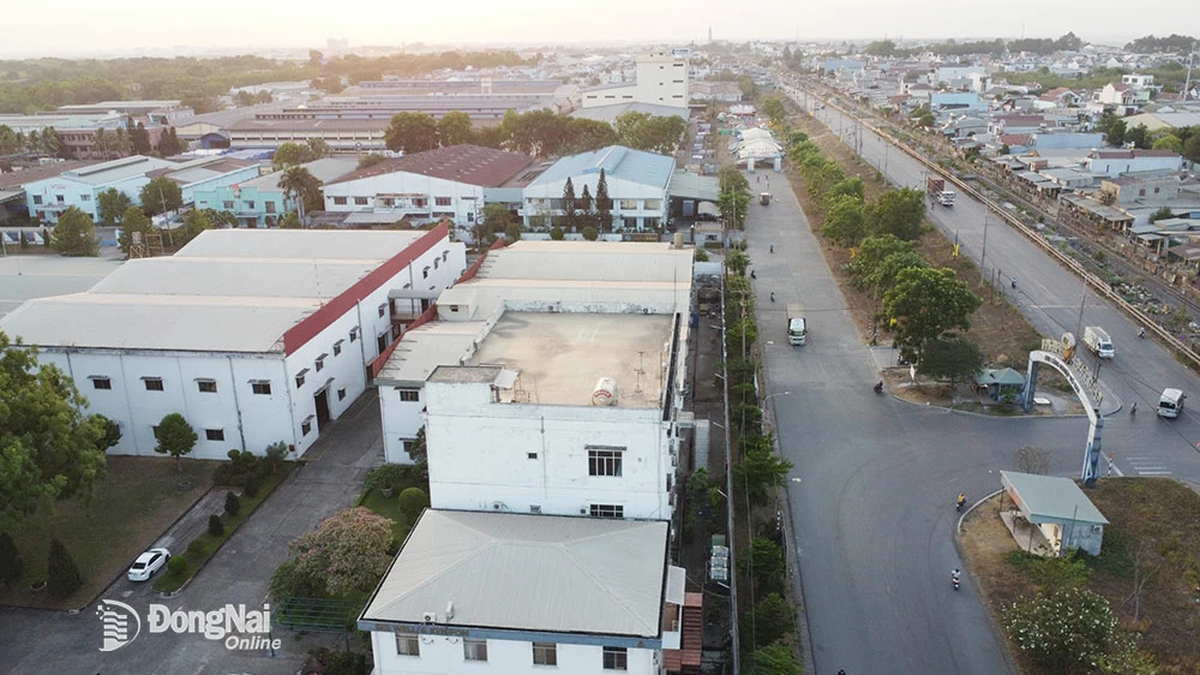 In 2023, despite continuing to face many difficulties and challenges due to the impacts of the Covid-19 pandemic and the global economic downturn, thanks to the drastic implementation of the direction of the Government and the State Bank of Vietnam, the State Bank of Vietnam Vinh Phuc Branch has focused on flexibly managing credit policies, contributing to stabilizing the monetary market, ensuring timely capital supply for the economy, reducing financial pressure on businesses and people, contributing to promoting production and business in the area.
In 2023, despite continuing to face many difficulties and challenges due to the impacts of the Covid-19 pandemic and the global economic downturn, thanks to the drastic implementation of the direction of the Government and the State Bank of Vietnam, the State Bank of Vietnam Vinh Phuc Branch has focused on flexibly managing credit policies, contributing to stabilizing the monetary market, ensuring timely capital supply for the economy, reducing financial pressure on businesses and people, contributing to promoting production and business in the area.

The timely solutions of the banking sector have contributed to supporting businesses and people to overcome difficult times, stabilize production and business, and promote socio-economic development of the province. Photo: The Hung
Right from the beginning of the year, the State Bank of Vietnam Vinh Phuc Branch actively directed credit institutions (CIs) in the area to strictly implement the directives of the Government and the State Bank of Vietnam (SBV), closely following the socio-economic development orientation of the province to deploy solutions to promote credit growth and support capital for the economy .
In particular, focusing on effectively implementing Resolution No. 01 of the Government on key tasks and solutions to implement the socio-economic development plan, state budget estimates and improve the business environment, enhance national competitiveness in 2023; Decree No. 31/ of the Government on interest rate support; Directives of the State Bank of Vietnam on strengthening credit work and restructuring debt repayment terms, maintaining debt groups to support customers in difficulty...
Proactively implement solutions to remove difficulties, facilitate businesses and people to access loans. Promote the implementation of the Bank - Enterprise connection program. Publicly and transparently list loan procedures and processes; improve the efficiency of appraisal and assessment of customers' creditworthiness to increase unsecured loans...
In 2023, local credit institutions have adjusted deposit interest rates down by 0.2 - 1.5%/year for all terms; reduced operating costs to reduce lending interest rates, especially reducing interest rates for existing outstanding loans and new loans (reduction from 1.5 - 2%/year) to support people and businesses to recover and develop production and business.
At the same time, focus on implementing credit policies in production and business sectors, priority sectors under the direction of the Government such as rural agriculture, export, supporting industries, high-tech enterprises, small and medium enterprises...
By the end of December 2023, the total outstanding loans in the province are estimated at 128 trillion VND, an increase of nearly 11% compared to the end of 2022. This is a fairly good growth rate, but still low compared to the growth rates of 2021 and 2022, showing that the economy's ability to absorb credit capital is not high.
The main reasons come from objective factors such as the demand for investment, production and business, and consumption tending to decrease; some customer groups have demand for loans but have not met the conditions or are entangled in legal procedures, especially small and medium enterprises and cooperatives; the impact from the credit absorption capacity of real estate enterprises...
The structure of credit sources in 2023 will mainly focus on the fields of production and business, services and development investment (accounting for over 86% of total outstanding loans); the ratio of loans for living and outstanding loans for the real estate sector will be under control, at over 11% and over 13% of total outstanding loans, respectively.
Policy credit programs and credit for priority sectors (rural agriculture, small and medium enterprises, etc.) all have a fairly high growth rate. Thereby, they have significantly contributed to the economic recovery and development of the province, creating jobs and stable income for people, improving household economy, limiting the situation of black credit lending, creating conditions to support businesses to stabilize production and expand business.
In addition, many solutions to increase the ability to mobilize idle capital have been actively implemented by credit institutions. However, due to the difficult economic situation, the amount of idle money of enterprises is limited, FDI enterprises transfer profits abroad to the "parent" company or switch to using the services of foreign banks... making capital mobilization difficult.
It is estimated that for the whole year, the total mobilized capital in the province will reach 123 trillion VND, an increase of more than 12% compared to the end of 2022. Bad debt handling is strictly and effectively controlled through strengthening post-lending supervision, early detection of unusual signs in customers' ability to fulfill debt repayment obligations...
Bad debt at the end of each month of the year is controlled at a safe level (below 2% of total outstanding debt). By the end of December 2023, the bad debt ratio of the entire banking system in the province is estimated to account for nearly 0.8% of total outstanding debt.
After a difficult year, the economy in general and the banking industry in particular have faced a global financial and monetary recession, which has significantly affected operations and credit quality.
However, with timely and practical solutions, the great efforts of the banking sector have helped businesses gradually overcome the difficult period, stabilize and contribute to the recovery and socio-economic development of the province.
Continuing to accompany businesses and people, the banking sector promotes administrative reform, shortens time and credit application procedures to make access to preferential loans more convenient. Grasp the business situation, actively deploy programs and interest rate support packages to the right beneficiaries and minimize risks.
Viet Son
Source




















































![[Maritime News] More than 80% of global container shipping capacity is in the hands of MSC and major shipping alliances](https://vphoto.vietnam.vn/thumb/402x226/vietnam/resource/IMAGE/2025/7/16/6b4d586c984b4cbf8c5680352b9eaeb0)












































Comment (0)